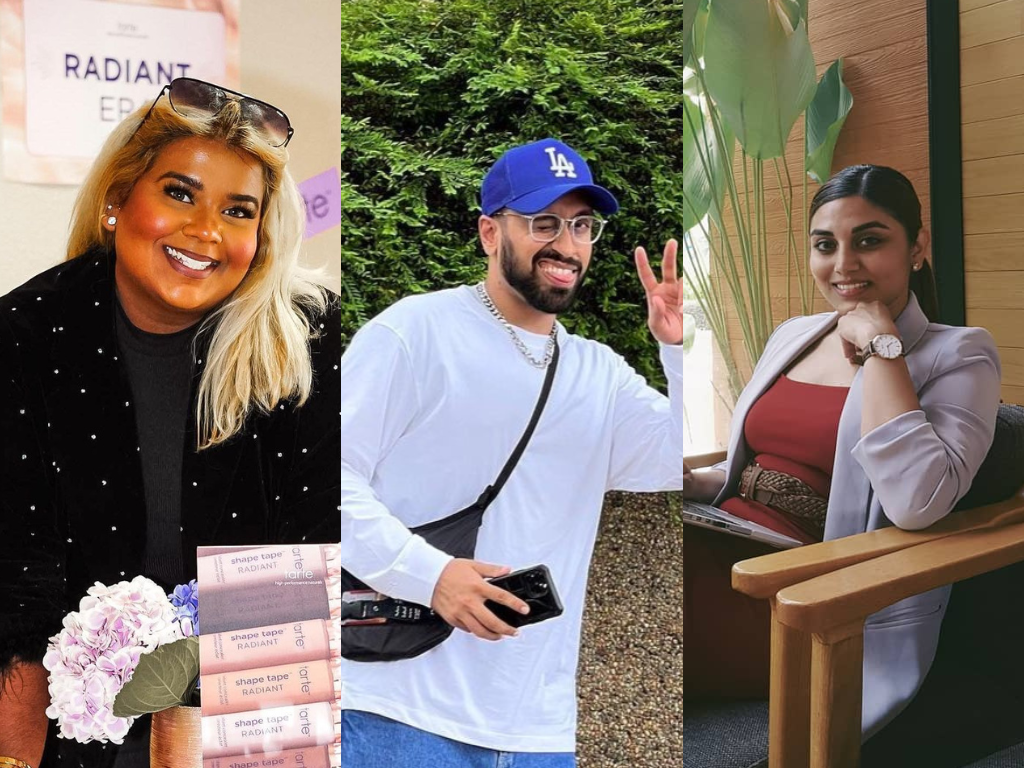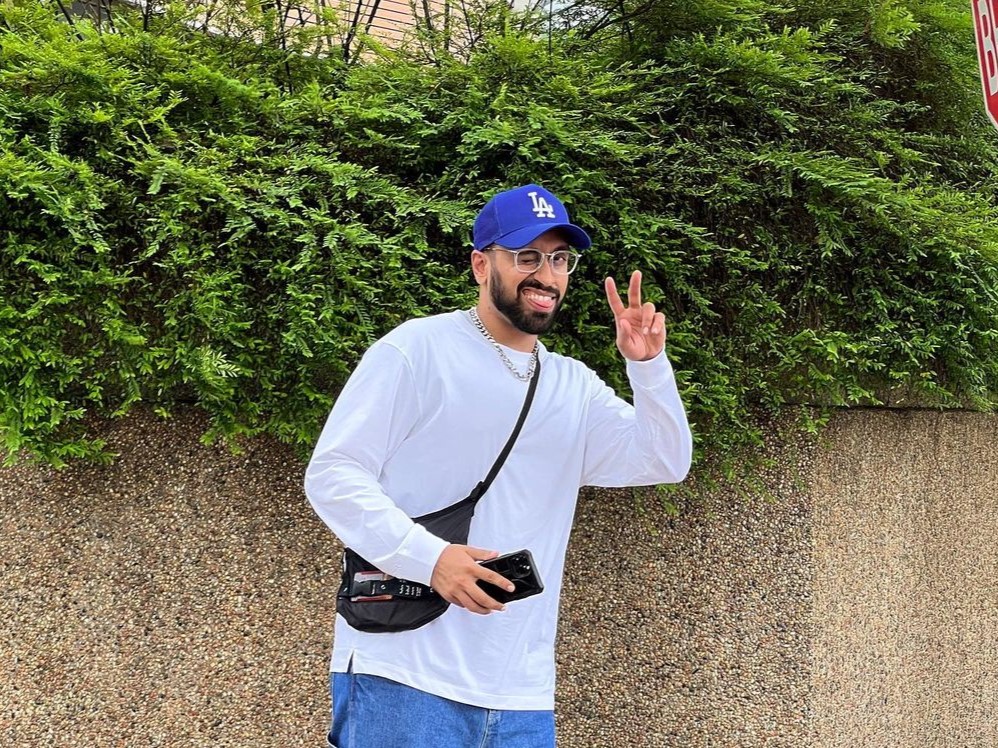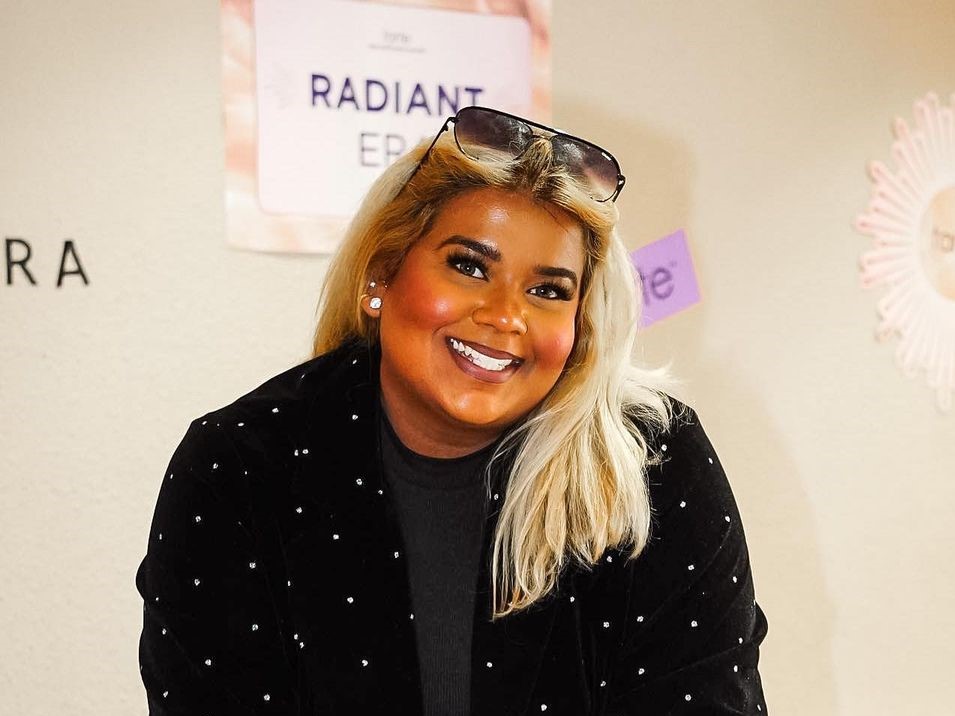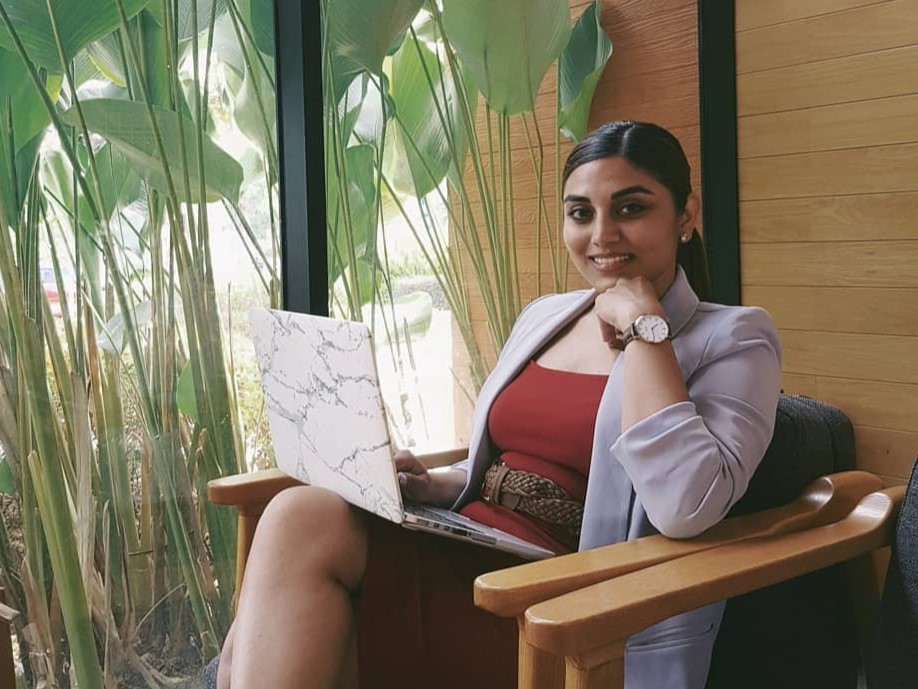
Bracing ourselves in light of the National Day and Malaysia Day 2023 celebrations themed ‘Malaysia Madani: Tekad Perpaduan Penuhi Harapan’ and given our beloved country’s diverse cultural landscape, let’s delve into a pivotal question: Do unconscious biases have an impact on Indian influencers within the influencer marketing realm?
According to digital sociologist Lisa Moretti of Ogilvy, bias can creep into our content in various ways, be it through stereotypes, lack of recognition or under-representation. It’s hard to believe that an industry that takes pride in being innovative and forward-thinking may, at times, bypass Indian influencers.
That said, there are also Indian influencers such as Nandini Balakrishnan who have successfully carved out unique niches for themselves and achieved significant success.
However, our general observation at Nuffnang is that Indian influencers are sometimes overlooked for branded campaigns. Being one of the country’s largest growth marketing groups, Nuffnang today has access to over 20,000 influencers that reach over 20 million consumers in Malaysia, Singapore and Taiwan.
Hence, this article is written in good faith in our efforts to create a more inclusive industry – and Malaysia.
Because of this, Nuffnang spoke to a few of the influencers we work with to better understand this issue from their perspective: Raj Mahal (@rajmahalbro), Ash Edward (@ashyy_edward) and Cherisha Sharma (@inspiredbycherisha).
These three personalities are Malaysian Indian influencers who have been in the scene for at least 5 years or longer, starting out in various platforms such as YouTube and blogging before transitioning to Instagram and TikTok.

Question: Do you believe that there are unconscious biases against Malaysian Indian influencers for branded campaigns or events? Why or why not?
Raj shared that he hasn’t really experienced any unconscious biases or discrimination as an Indian influencer, because he personally believes he is still able to get pretty good brand deals compared to other influencers or content creators from a different ethnic background.
Ash and Cherisha, however, both agree that there are some unconscious biases against Indian influencers in Malaysia. Both brought up experiences attending beauty or lifestyle events in Malaysia, but only seeing very few Indian influencers and content creators represented at the event, which made them feel quite sad. Despite this, Ash shares that there have been improvements over the years with slightly better Indian representation at events.
Question: Do you feel that you have as fair a chance at getting influencer marketing campaign or event opportunities as your other influencer peers? Why or why not?
Raj feels that he may even receive more unique opportunities than other content creators, due to his own unique personality, niche and skills in content creation. The less saturated Indian influencer space enables Raj to shine and stand out even more in the sea of content creators today.
Even if he is the only Indian influencer present at an event, he feels that he can impress others more by getting out of his comfort zone, relating with them, and leaving a good impression.
Cherisha and Ash shared experiences where they have been overlooked by brands looking to engage influencers, and seeking only Malay or Chinese influencers. Brands tend to disregard Indian influencers without truly discovering if the influencer is able to reach and engage their target audience or meet the deliverables needed.
Beyond that, both have observed some level of exclusivity among event invitees, frequently seeing only a select group of influencers at different events.

Question: Do you think brands and marketers in Malaysia are doing enough to ensure inclusivity and diversity when selecting influencers for their campaigns?
Raj thinks that it’s understandable from a brand’s perspective to be selective of the influencers they engage for campaigns, because he understands that audiences matter to brands. After all, brands invest to reach specific audiences through influencers. He also believes that Indian influencers that can relate with all ethnicities on their social media platforms will attract brands to work with them.
Ash and Cherisha also understand this, but stress not to underestimate the Indian community’s purchasing power. With the lack of information and products catered to the Indian community, brands naturally see less of them purchasing their product, becoming a vicious cycle where they then make less products or exclude messaging that could relate to the demographic.
Both ladies urge brands to think of winning the hearts of the Indian community to become the first-choice and brand leaders for the demographic among their competitors. There has been growth over the years in terms of inclusivity in product lines, specifically in the beauty industry, to accommodate people with darker skin tones.
Question: Do you think brands and marketers in Malaysia are doing enough to ensure inclusivity and diversity when selecting influencers for their campaigns?
Raj thinks that it’s understandable from a brand’s perspective to be selective of the influencers they engage for campaigns, because he understands that audiences matter to brands. After all, brands invest to reach specific audiences through influencers. He also believes that Indian influencers that can relate with all ethnicities on their social media platforms will attract brands to work with them.
Ash and Cherisha also understand this, but stress not to underestimate the Indian community’s purchasing power. With the lack of information and products catered to the Indian community, brands naturally see less of them purchasing their product, becoming a vicious cycle where they then make less products or exclude messaging that could relate to the demographic.
Both ladies urge brands to think of winning the hearts of the Indian community to become the first-choice and brand leaders for the demographic among their competitors. There has been growth over the years in terms of inclusivity in product lines, specifically in the beauty industry, to accommodate people with darker skin tones.
Question: What improvements or changes would you like to see in the influencer marketing industry in the future?
Raj hopes that brands will be open to look beyond the numbers and avoid being too clinical when it comes to picking influencers, reading between the lines and focusing on the intrinsic value of the influencer’s capability to impact the audience they are looking to reach. He thinks even an influencer with fewer followers can still have a big impact, if they are given the chance to.
Ash hopes for more representation for Indian influencers in branded events, for a start. This could potentially be a really easy first-point of improvement for brands. She also goes on to say that brands, marketers and agencies all need to be aware of their own potential biases, unconscious or conscious, to avoid creating an echochamber that just affirms what you’re most comfortable hearing or seeing.
She hopes that Indian influencers and content creators can be recognised for their hard work and eventually be able to receive equal opportunities as their peers in the industry.
Both Ash and Cherisha eventually hope for more brands to accept and empower their influencers/creators as they are; truly celebrating their differences and uniqueness to further champion the Indian community. They both wish brands will allow creators to “just be themselves’, affirming them as people so they are truly seen for who they are, not just a number, a personality, or an influencer/KOL (key opinion leader).

Cherisha also shares, “I’m grateful for the opportunities I’ve gotten in the past 8 years. I think it’s crucial to see a broader range of voices and perspectives within influencer marketing through brands actively seeking out and collaborating with influencers from different backgrounds, cultures, and communities.
This provides opportunities for underrepresented individuals and enriches the content landscape with fresh and new content ideas.”
Question: What advice do you have for other Indian influencers and content creators out there?
Raj and Ash both advise creators to be more business-minded or entrepreneurial to approach this issue more constructively, like they are their own personal brand or business.
“It is up to the influencer and content creator to adapt and overcome the problems they face and make content that is still culturally relevant to them as a person, while still relating with a wider audience so that brands will be interested to work with them,” Raj shares.
Ash specifically quotes, “You can’t just exclusively create dance content and expect to post branded content on your feed and have the engagement be the same.”
Raj also advises influencers and creators not to focus too much on the problem—focus on finding solutions. After all, things are not going to change immediately for yourself if you don’t work your way around the issue.
Cherisha’s advice is for influencers and creators to stay true to themselves and their values. “Authenticity resonates with audiences, and they can tell when someone is being genuine. Try to create content that reflects your personality and passions rather than following trends blindly.”
Raj, Ash and Cherisha all brought up fair points in the issue of unconscious biases against Indian influencers. Research also shows that a person’s ethnicity doesn’t affect how trustworthy they are on social media, which means that an influencer’s ethnicity actually plays no role in influencing a consumer’s purchase decision or behaviour.
That’s not to say that we’ve made absolutely no progress in Malaysia over the years; in fact, we’ve made some pretty decent strides, but more inclusivity is needed for marketing campaigns moving forward.
And it’s not just up to brands — media agencies and digital marketing firms, including entities like Nuffnang, also carry the responsibility of advocating for inclusive campaign strategies and actively promoting diversity.
Nuffnang isn’t just going to talk about the problem, but dive deeper to find ways to overcome this alongside our influencers.
This begs the next question: What can brands, agencies, influencers AND consumers do to collectively address unconscious biases and promote equal opportunities for all influencers, regardless of their ethnicity or background?
In our humble opinion, it’s a concerted effort:
- Brands can initiate change by consciously embracing diversity in their influencer selections, valuing authenticity over arbitrary metrics
- Agencies and platforms can dedicate resources to educate and sensitise their teams, fostering a more inclusive industry culture.
- Influencers must support one another, advocating for equitable representation, and consumers, by demanding diversity in the content they engage with, can drive brands and agencies to prioritise inclusivity.
- At the end of the day, the road to change is collaborative, demanding active efforts from all quarters, and, together, we can dismantle unconscious biases and pave the way for a more just influencer marketing landscape.
Get in touch with Nuffnang at [email protected] for more information or queries.
Nuffnang Malaysia along with its sibling company, Xamble Creators, are on a mission to empower influencers and creators on their social media journey. If you’re looking to connect with brands and other influencers for collaboration opportunities, download the Xamble Creators app today.
This article was originally posted on Marketing Magazine.
